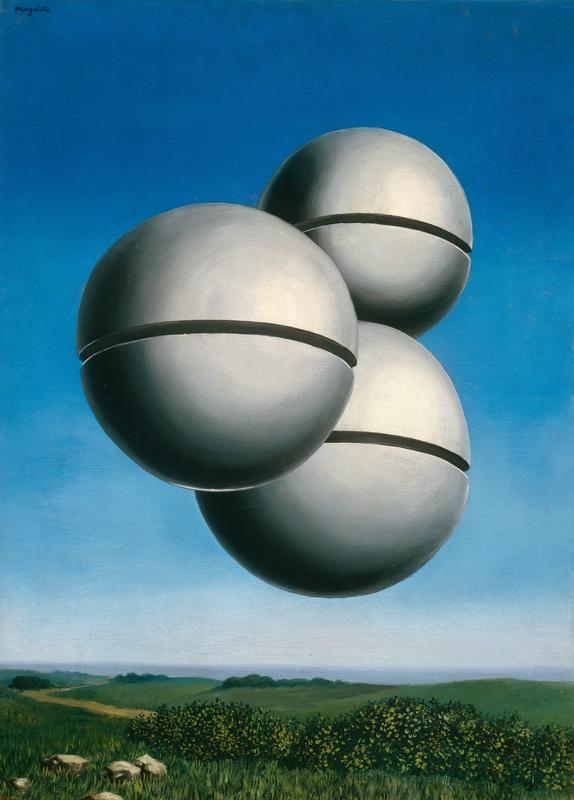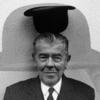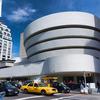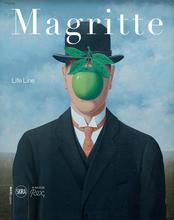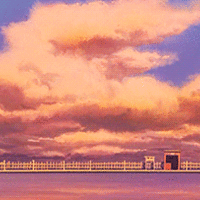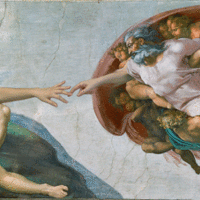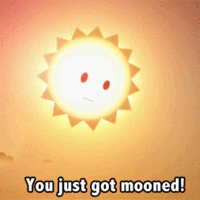More about Voice of Space
- All
- Info
- Shop

Contributor
The first time I saw Rene Magritte’s Voice of Space I thought of the terrifying science fiction film "Arrival," the one in which massive extraterrestrial structures appear on Earth causing Amy Adams to run to her Xanax pills.
You can see the similarity now can’t you? But Magritte’s edifices in the sky aren’t alien spaceships; they are bells, like the ones the Salvation Army uses to guilt you into giving money. But compared to a supernatural space shuttle, bells seem relatively inoffensive and, truth be told, a bit blah. But this painting, and what it will provoke, is anything but drab.
I’ll be honest, though, I was not really floored by this picture at first. A high school art student could probably replicate this in class. But sly Rene knew what he was doing; he used a very conventional style to convey a very conventional landscape and then cheekily hit us in the face like the Hunchback of Notre Dame with the sudden appearance of these colossal chimes. I mean, just look at them. Their sheer size alone makes them menacing. They consume most of the blue sky and basically almost the entire pictorial space. In contrast, pretty green pastures lie lowly at the bottom, like sad little shoes under a wedding dress. Normalcy is present in Magritte’s work, but it is hardly noticeable until you try to move past the ridiculous to appreciate the once unspoiled scenery. You almost start to wonder what life was like before the bells…like when Samwise the Brave would whine about the once peaceful days of The Shire.
Many examples of surrealist art, like the Dali watches you see in every museum shop, look so fantastical that you know it just can’t be real. But this work doesn’t have the same trancelike quality because Magritte opted to create a world we would recognize. As ridiculous as these super-sized bells are, he painted everything so realistically that, if only for a moment, you suspend your belief, which only makes them more threatening. Magritte completed four versions of this work so if you think this one is scary, check out this far more trippy version at the Albright- Knox Gallery in Buffalo. I am confident it would totally be part of Darth Vader’s private art collection.
In the end, this ominous feeling shouldn’t really surprise us because Rene Magritte, with his black suit and bowler hat, was one funny little oddball; you could call him the Joaquin Phoenix of Surrealists. And Magritte really nailed it with this one for he created an environment that is both immediately familiar and immediately unnatural. Kinda like Epcot. I also love him for signing his name in his schoolboy handwriting at the top of the picture, forcing us to continue looking at the sky. His always picture-perfect script matched his artistic style, very measured, very finished, and always laden with hidden subtext. And that is, as Goldilocks says, just right.
P.S. But really, though, can we talk about how the director and screenwriter of Arrival are undeniably members of Magritte’s #1 Super Fan Club?! Compare the Arrival poster with another Magritte classic, The Castle of the Pyrenees. Methinks they owe Magritte an honorable mention as creative consultant. It’s only fair.
Sources
- The Albright-Knox Art Gallery. “La Voix des airs (The Voice of Space).” Accessed March 21, 2017 https://www.albrightknox.org/artworks/197613-la-voix-des-airs-voice-spa…
- Flint, Lucy. The Guggenheim Museum. “Voice of Space.” Accessed March 21, 2017 https://www.guggenheim.org/artwork/2593
- The Museum of Modern Art. “Magritte: The Mystery of the Ordinary, 1926–1938.” Accessed March 21, 2017 https://www.moma.org/calendar/exhibitions/1298?locale=en
Featured Content
Here is what Wikipedia says about The Voice of Space
The Voice of Space (La Voix des airs, 1931) is an oil painting by René Magritte. Four oil versions exist of the image. The most famous is that held in the Solomon R. Guggenheim Foundation, Peggy Guggenheim Collection, Venice. Another publicly displayed version is held at the Albright-Knox Art Gallery, Buffalo, New York.
Bells float high in the sky. The jingle bell is a motif that recurs often in Magritte's work. He wrote: "I caused the iron bells hanging from the necks of our admirable horses to sprout like dangerous plants at the edge of an abyss."
Dutch composer Johan de Meij depicted the painting in the first movement of his suite The Venetian Collection.
Check out the full Wikipedia article about The Voice of Space

